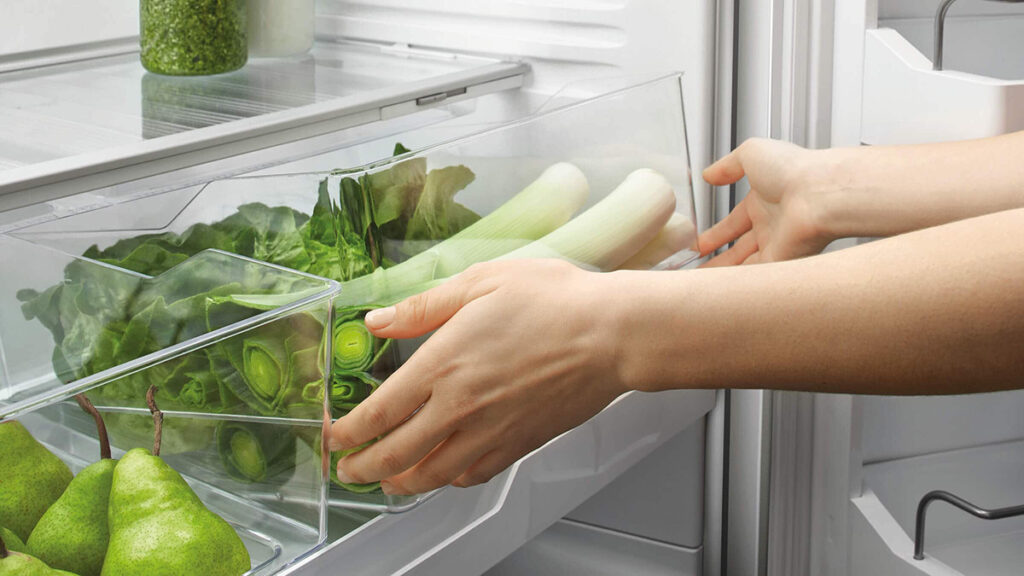
The Ultimate Guide to Storing Fruits and Vegetables in the Fridge for Maximum Freshness
In the quest to maintain a healthy lifestyle, fresh fruits and vegetables are non-negotiables in our daily diets. However, the way we store them can significantly affect their taste, nutritional value, and longevity. To help you keep your produce fresher for longer, we’ve compiled this ultimate guide on storing fruits and vegetables in the fridge.
Before we dive into the specifics, it’s essential to consider the role of your refrigerator in this process. An efficiently running fridge is crucial for keeping your produce in optimal condition – understanding how many watts does a fridge use can give you insights into its efficiency and help you make informed decisions about its operation and maintenance. Now, let’s explore how to store your fruits and vegetables effectively.
Understanding Your Refrigerator’s Layout
Your refrigerator is designed with different zones, each having its own microclimate. The door shelves are warmer than the rest, making them unsuitable for perishable produce. The crisper drawers offer a more humid environment, ideal for most vegetables and some fruits. Understanding these zones can help you place your produce in the most suitable spots.
Utilising Crisper Drawers
Crisper drawers are your best friends when it comes to storing fruits and vegetables. They are designed to maintain a higher humidity level, which is essential for many vegetables and some fruits. Use one drawer for fruits and another for vegetables to prevent ethylene-sensitive produce from spoiling quickly.
Keeping Fruits and Vegetables Separate
Ethylene gas is a natural compound that fruits produce as they ripen – however, this gas can cause certain vegetables to spoil prematurely. To avoid this, store ethylene-producing fruits (like apples, avocados, and bananas) away from ethylene-sensitive vegetables (like leafy greens, carrots, and broccoli).
Washing and Preparation
A common mistake is washing fruits and vegetables before storing them in the fridge – moisture can promote mould growth and lead to quicker spoilage. It’s best to wash produce right before use. However, leafy greens can be washed, dried thoroughly, and stored in airtight containers with a paper towel to absorb excess moisture.
Using Proper Containers
Invest in quality containers and bags that allow for some airflow. Airtight containers can be used for cut fruits and vegetables but ensure they are dry before sealing them. Produce-specific bags or containers designed to regulate gases can extend the life of your fruits and vegetables significantly.
Monitoring Temperature and Humidity
The ideal refrigerator temperature for storing produce is between 3°C and 4°C. Humidity levels should be higher in crisper drawers (which can often be adjusted) to keep produce fresh. Monitoring and maintaining these conditions will ensure your fruits and vegetables stay fresh and nutritious.
Regular Cleaning
Regularly cleaning your fridge can prevent the spread of bacteria and odours. A clean fridge ensures that your fruits and vegetables are stored in a healthy environment, reducing the risk of contamination and spoilage.
By following these guidelines, you can maximise the freshness and nutritional value of your fruits and vegetables
A well-organised fridge not only helps in maintaining the quality of your produce, but also makes meal preparation more straightforward and enjoyable. Remember, the efficiency of your refrigerator plays a vital role in this process, so be mindful of its operation and energy consumption. Keeping your fridge in top condition is an investment in the freshness of your food and, ultimately, in your health.
